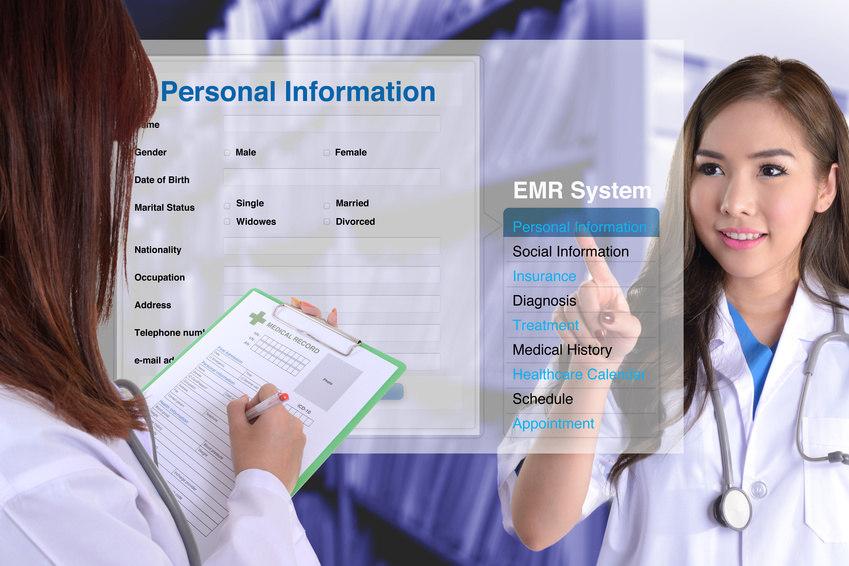
Ok – we know that HITECH stands for Health Information Technology for Economic & Clinical Health but our contention is that this may be a case of the term being ,made up to fit the cool and rather apt acronym. Since being signed into law in early 2009 technology has had a significant impact on a wide gamut of functional areas in healthcare. One area that has been in particular focus is that of Electronic Health Records (or Electronic Medical Records). From 2008 when EMR adoption rates were as lower than 20% in most categories the growth has been phenomenal to more than 80% of hospitals in 2014 having some form of EMR in place. This is perhaps natural given the incentives (& penalties) to healthcare providers for adoption and “meaningful use” that run out this year.
At its essence the EMR is a digital collation of all the health information about an individual that can be securely accessed or transmitted as required independent of the specific healthcare provider or system. This suggests the areas in which technology impact can be felt.
The first is the increased utility when the record is digitally stored, maintained & accessed. A widely quoted study claims that medical offices that have implemented EHR have reported efficiency increases of 6% per year. EHR has helped remove medical and other errors caused due to problems with the earlier paper records. Electronic records help with making forms and entries standard. In the wider context the availability of digital records has also helped in gathering and analysis of population wide research and epidemic information.
A major consideration today is ensuring that the records are preserved for the long term – given the rate at which technology changes this is a significant issue. When no less a person than the father of the internet, Vint Cerf, says we are in danger of losing all today’s conventionally stored data it’s time to sit up and take notice. In the context of EHR the law requires the data to be stored for periods of time ranging from 20 to 100 years. Among the solutions being tested today is the use of languages like XML to create the formats in which the data is stored. Testing and even limited scope live projects for the use of XML are already a reality in certain areas of Europe.
Even as early as 2012 a Physicians Practice survey showed over 62% of physicians surveyed used smartphones while performing their jobs –this number will in all likelihood be in the high 90’s today. This has added a new dimension to the utility of EHR. Physician’s now have the capability to access the patient’s records from their mobile devices and have the information they need where they want when they want it. The benefits of this kind of real time access are obvious.
The security problems with such remote access are also quite apparent. There have been numerous stories of doctor’s laptops getting stolen and the data of hundreds of patients getting compromised as a result. This has meant that EHR solutions have to specifically provide for security in the access as well as the transmittal of this data. Technology today has to play a role in:
- Access control and authorization
- Encryption during transmission
- Secure storage of data “at rest”
- Backup and Recovery in case of any mishaps
There are still challenges aplenty – usability and less than perfect usage are well documented. The cost and the complexity of the solutions available today are also well reported problems and at-least in some quarters there are serious enough concerns with the imperfect interoperability among different systems to demand a change of laws. All that being said it is still a fundamental change in the way medical care is handled and is here to stay. Like we said earlier – the fact that something is called the HITECH Act should give us the clue to its longevity.






